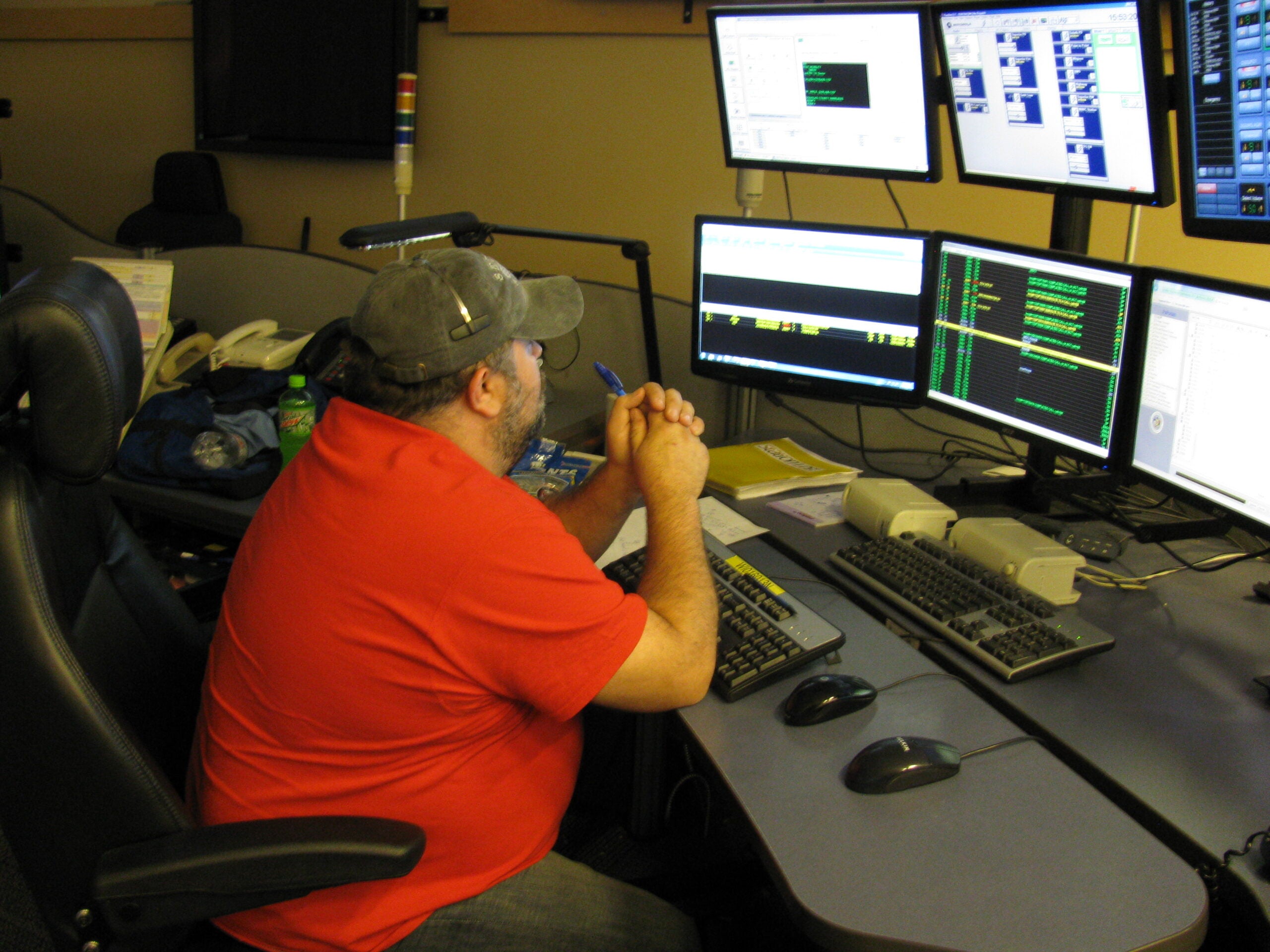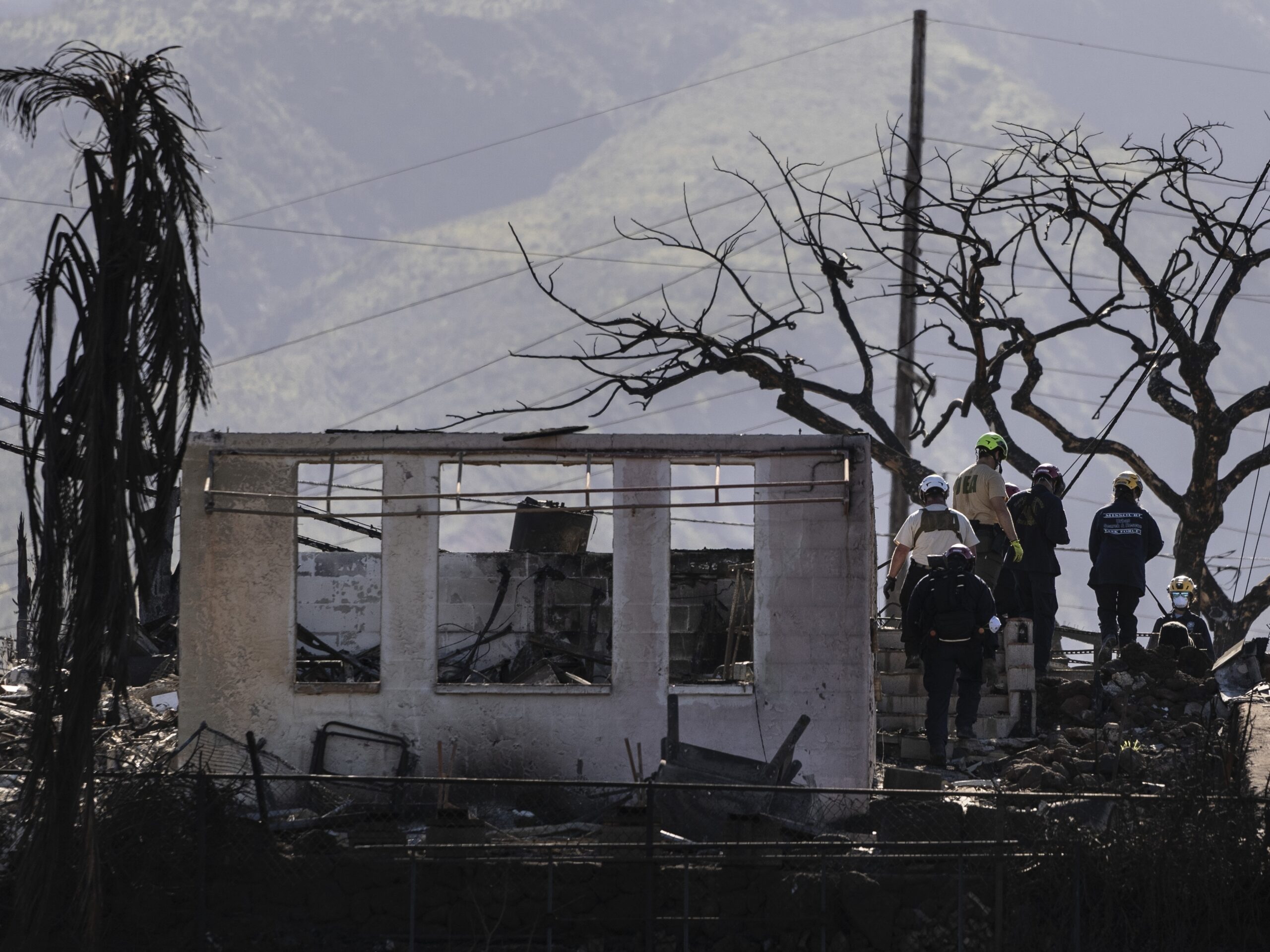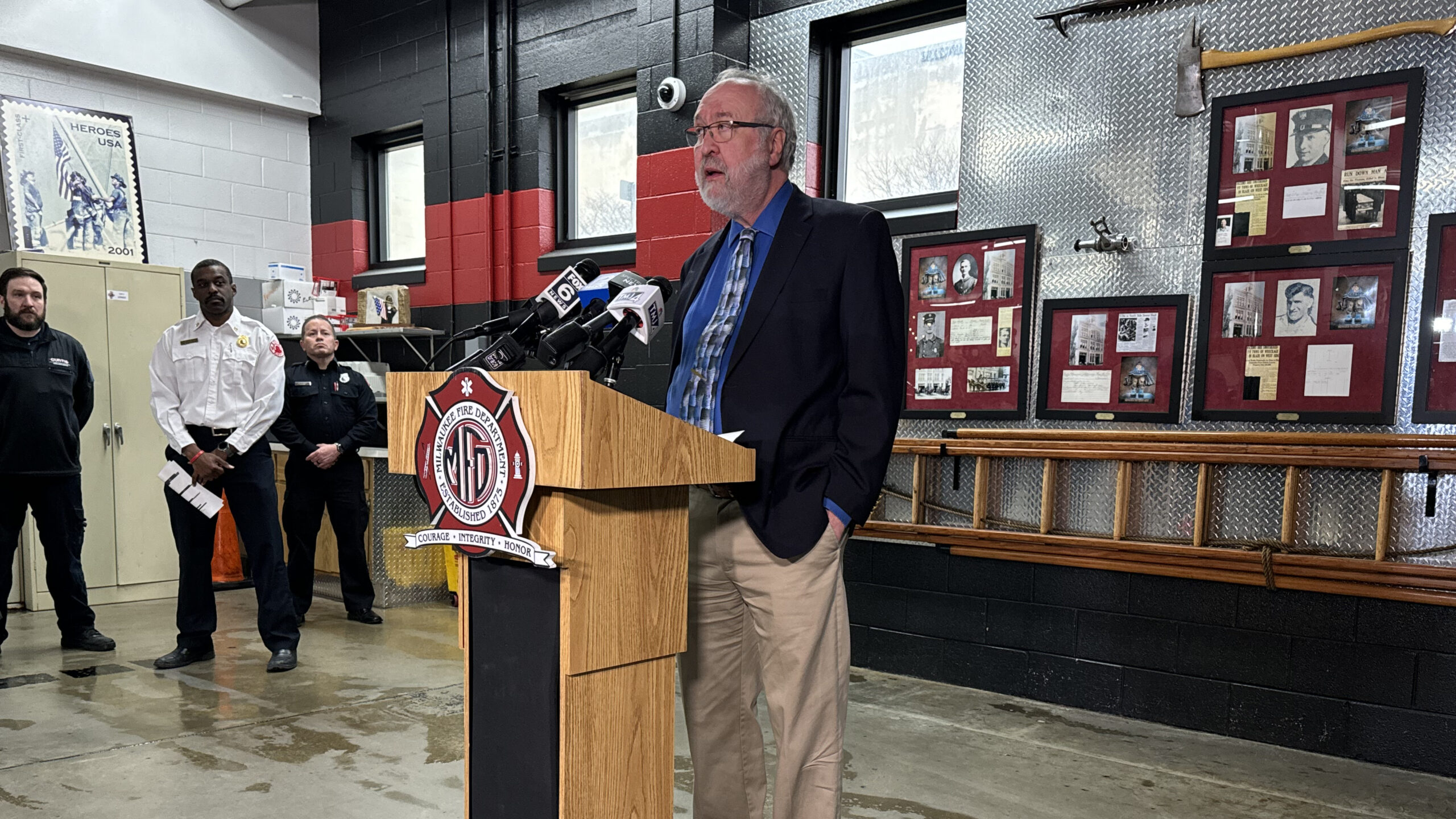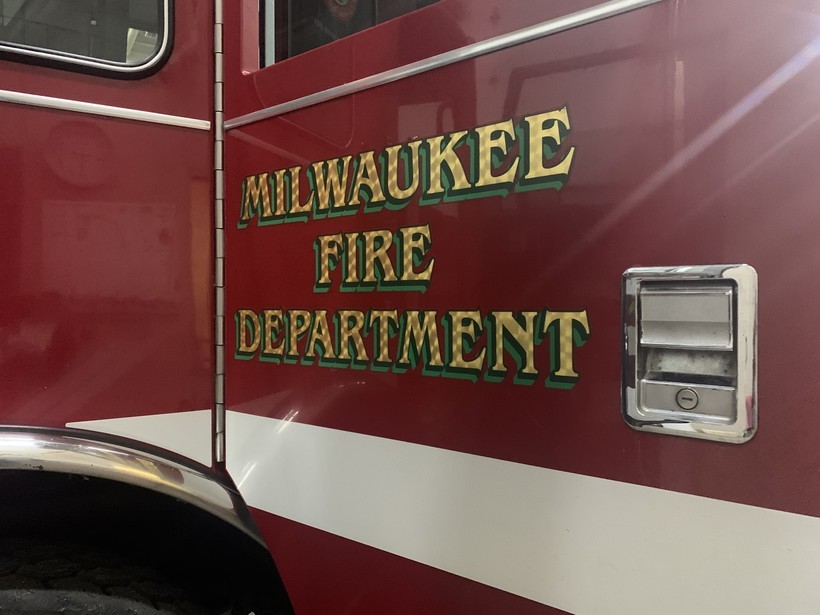The state is moving forward with efforts to bring Wisconsin into the digital age with 911 service. The more recent state budget included $6.7 million for planning and development of NextGen 911, which would allow call centers to receive more data including text messages and videos.
The state wants to build an emergency services IP network or ESInet so 911 centers can better pinpoint callers and receive more data, according to Tom Czaja, emergency communications director with the Wisconsin Department of Military Affairs. He said many of the 109 known centers in the state only receive the caller’s name and address.
“The way the technology is right now is most of the time, when a cellular caller calls 911, the 911 telecommunicator just receives the location of the tower they’re pinging off of,” he said. “It doesn’t give the location.”
Stay informed on the latest news
Sign up for WPR’s email newsletter.
Czaja said a 911 subcommittee has been tasked with planning the creation, operation and maintenance of the statewide network.
“That network might be fiber. It might be a different type of line, but it is the network that would connect all of the 911 centers in the state,” he said.
Right now, he said they’re aware of seven call centers that have the ability to receive texts or videos. Douglas County Emergency Management Director Keith Kesler said they’ve had the equipment to receive that information for about five years. But, he said many of the state’s 911 centers operate on outdated copper phone lines that aren’t capable of sending the data.
“It’s like having a pipe that’s two inches in diameter and we need a pipe that’s 12 inches in diameter,” he said. “The ESInet will be that 12-inch diameter pipe that will be able to carry more data, more information and provide us with what we need in order to receive text messages.”
As technology has changed, Kesler noted many people have abandoned landlines for cell phones in the last decade, which means there’s less revenue available to pay for 911 service. The state currently assesses a $0.75 monthly fee for police and fire protection, but the money has been used to offset cuts to shared revenues. Cellphone users currently don’t pay a 911 surcharge in Wisconsin.
“The problem is in many counties with the drop in landline phones the revenue has (fallen) so short that the phone companies have come and said, ‘We’re no longer getting enough money directly on the phone bills to cover this so you have to dig into your pockets,’” said Kesler.
Douglas County finished transitioning from AT&T to CenturyLink in November after AT&T notified officials they would charge the county more to provide 911 service.
Czaja said they’re working with the Wisconsin Department of Administration to do a survey of call centers to gather information about their equipment and what would be needed to build the network. He said they’ll use responses from the survey to request information from telecommunication companies about what service they can provide to call centers.
“Also, it will give us a price point so we know how much money we’re going to need to go to the Legislature and ask to build out the system,” he said.
Czaja said 911 call centers would be responsible for obtaining equipment to implement NextGen 911 service. Kesler said that’s likely to be a costly expense for centers.
“At some point, we’re hoping some of that (state funding) will be turned into a grant of some type to pay for equipment locally and pay for the cost of training our dispatchers,” he said.
State emergency communication officials plan to send out surveys to call centers within the next month.
Wisconsin Public Radio, © Copyright 2024, Board of Regents of the University of Wisconsin System and Wisconsin Educational Communications Board.






